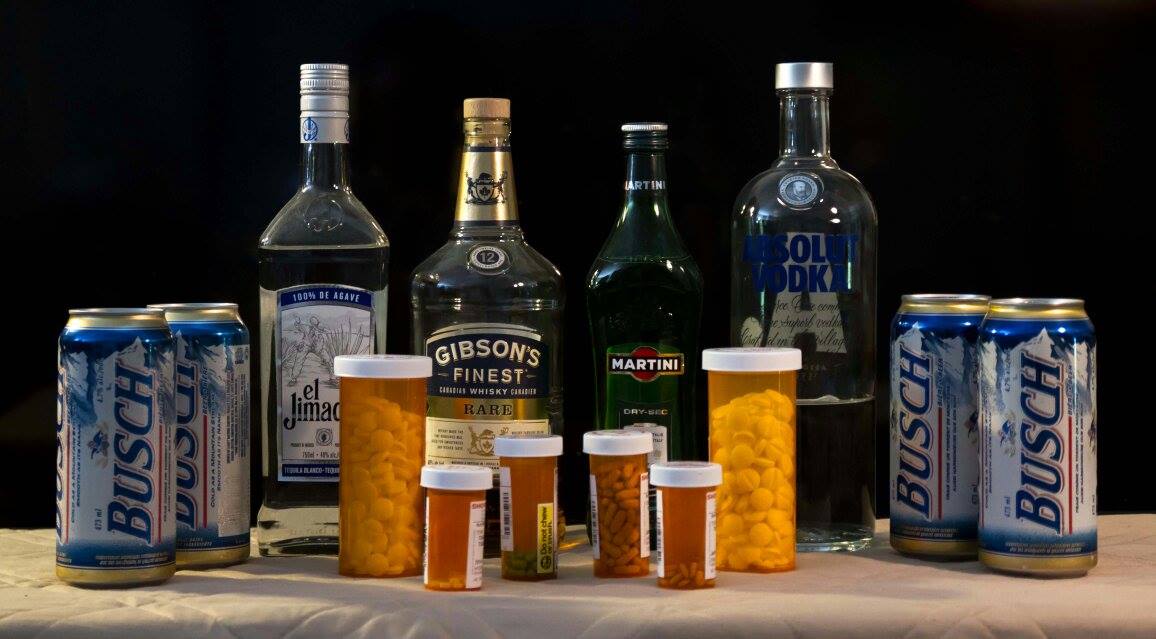Gin, What is Gin, Types of Gin, Gin production

Gin speaks to what is Gin, types of Gin and Gin production.
How is it made, is often asked. It is a distilled liquor which is derived from juniper berries which provides the predominant flavour. The minimum bottled alcoholic strength for gin is 37.5% alcohol by volume in Europe and 40% alcohol by volume in the U.S.
Gin has two basic categories:
Distilled gin as described in how is gin made, is crafted in the traditional manner, by re-distilling neutral spirit of agricultural origin with juniper berries and other botanicals.
Compound gin is made by simply flavoring neutral spirit with essences and/or other natural flavorings without re-distillation, and is not as highly regarded.
London dry gin as described in how is gin made is a distinct type of distilled gin. In addition to the predominant juniper content, London dry gin is usually distilled in the presence of accenting citrus botanicals such as lemon and bitter orange peel.
As well as a subtle combination of other spices, including any of anise, angelica root and seed, orris root, licorice root, cinnamon, cubeb, savory, lime peel, grapefruit peel, dragon eye, saffron, baobab, frankincense, coriander, nutmeg and cassia bark. London dry gin may not contain added sugar or colorants, water being the only permitted additive.
Early in history juniper berries were recognized from as possessing medicinal properties. By the 11th century, Italian monks were flavoring crudely distilled spirits with juniper berries. During the bubonic plague, this drink was used, although ineffectively, as a remedy.
As the science of distillation advanced from the middle ages into the renaissance period, juniper was one of many botanicals employed by virtue of its perfume, flavor, and medicinal properties.
Gin was very popular in England for many centuries especially when the English government allowed unlicensed gin production in the country and imposed heavy taxes on imported liquor. By 1740 because of its low price six times as much gin as beer was consumed by the population. In fact people drank gin and beer as it was much safer than the drinking water in the cities and towns.
The Btitish Gin Act of 1736 imposed high taxes on retailers and led to riots in the streets. The prohibitive duty was gradually reduced and finally abolished in 1742. The Gin Act 1751 was more successful, however. It forced distillers to sell only to licensed retailers and brought gin-shops under the jurisdiction of local magistrates.
In tropical British colonies, gin was used to mask the bitter flavor of quinine, which was the only effective anti-malarial compound. The quinine was dissolved in carbonated water to form tonic water, the resulting mix becoming the origin of today's popular gin and tonic combination, although modern tonic water contains only a trace of quinine as a flavoring.
How is gin made states that a particular liquor known as Sloe gin is a liqueur not a liquor and is made by infusing sloes (the fruit of the blackthorn) in gin, although modern versions are almost always compounded from neutral spirits and flavorings.
Well known brands of gin are:
Return from how is gin made to homepage
Hard copy and E book for sale. What's Killing You and What You Can Do About It. Click here.
Hard copy and E book for sale. Introduction to Building Mechanical Systems. Click here.